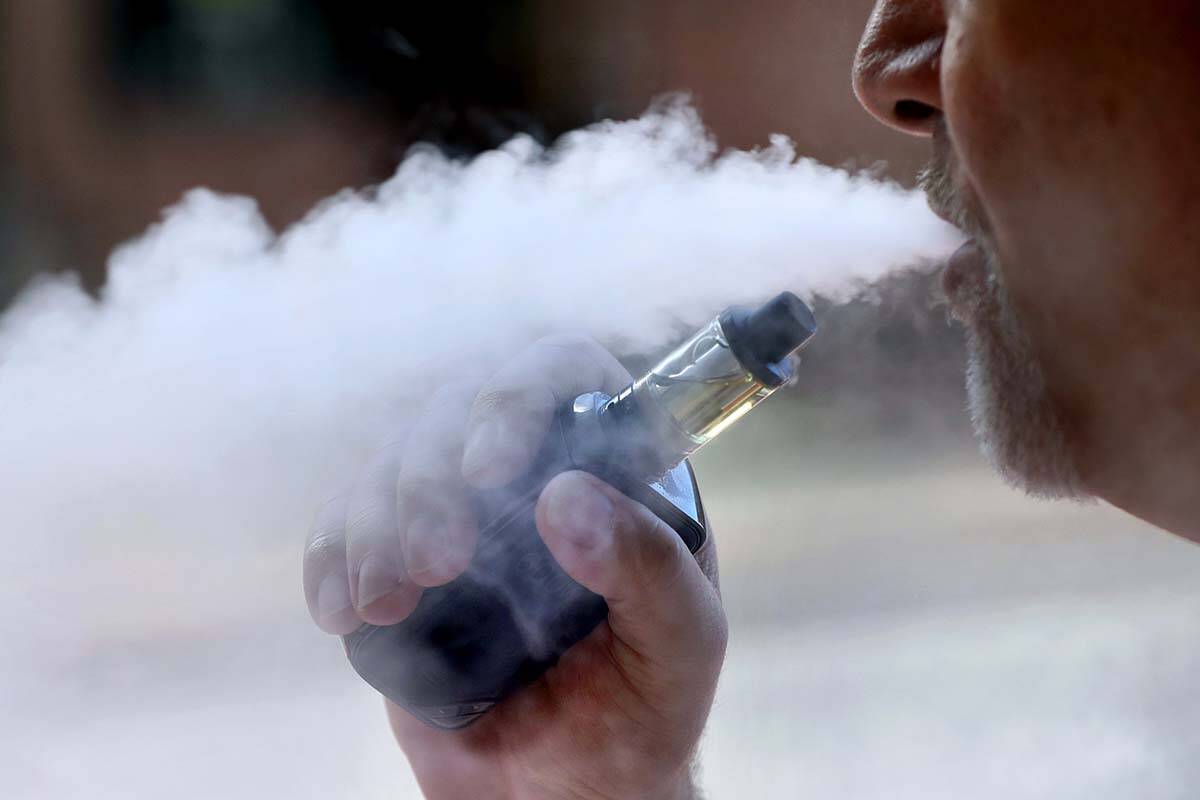COMMENTARY: Public health has turned into public harassment
When governments in North America, Europe and elsewhere introduced bans on smoking in pubs, restaurants and workplaces, the justification was clear: Second-hand smoke was harmful to staff and bystanders. Those advocating for prohibition repeatedly said that trampling property rights and removing freedoms was not about controlling individual lifestyle choices but about protecting others from involuntary exposure.
The truth is becoming obvious; the health argument was merely a convenient excuse. The latest proposals in many different jurisdictions to ban vaping and nicotine pouch use in public spaces reveal that the real aim has always been to harass and stigmatize nicotine users, regardless of whether their choices pose any risk to anyone.
With combustible cigarettes, the case for some restrictions in enclosed public spaces rests on evidence of harm from second-hand smoke. One may contest the proportionality of those bans, but at least the rationale was coherent. With vaping, that case does not exist. Vapor does not present a material health risk to bystanders. Yet, governments and public health officials are rushing to impose the same restrictions, or even stricter ones.
For example, 14 U.S. states have banned vaping in public places despite there being no valid health justification for the measure.
Worse, Spain is now moving to ban nicotine pouch use in outdoor public spaces. Nicotine pouches do not produce smoke or vapor. They emit nothing. There is no conceivable mechanism by which they could harm bystanders. To equate them with combustible tobacco is scientifically absurd. It is policy-driven, not based on evidence but rather on moral panic and puritanism.
E-cigarette vapor is not cigarette smoke. The two substances are worlds apart, chemically and physically. Cigarette smoke is created through combustion, releasing thousands of toxins, including dozens of known carcinogens. It comes from the burning tip of the cigarette (side-stream smoke) and from the smoker’s exhalation. Vapor, by contrast, is generated by heating a nicotine-containing liquid into an aerosol. Most of it is absorbed by the user, with only a small fraction being exhaled. There is no equivalent to side-stream smoke.
Studies consistently show that the levels of harmful chemicals in exhaled vapor are either not detectable or well below occupational safety thresholds. Nicotine is relatively benign, and in second-hand exposure, it does not reach levels of any significance. That is why Public Health England, Cancer Research U.K. and the Royal College of Physicians have all stated that vaping is at least 95 percent less harmful than smoking and its emissions are negligible.
Governments have no legitimate right to ban the use of products that pose no risk to others or to the environment. Property owners already have the authority to set rules in their own establishments. A pub or café can decide whether to allow vaping just as it can choose whether to allow pets or prams. When the state criminalizes harmless behavior in all public spaces, it oversteps its authority. The force of law should be reserved for protecting people from real, material harm, not to enforce the snobbery of health officials who dislike other people’s habits.
The mask is slipping. If smoking bans were truly about protecting the health of bystanders, then the rise of vaping and nicotine pouches (many authorized by the Food and Drug Administration as appropriate for the protection of public health) should be a triumph. They remove the very justification for bans in the first place. Rather than celebrate, prohibitionists demand more restrictions, more penalties, more stigma.
It becomes impossible to escape the conclusion that smoking bans were never about health. They were about control and pushing smokers to the margins of society. Now, the same apparatus of harassment is being targeted toward anyone who dares to use nicotine in any form.
This creeping authoritarianism betrays the principles public health claims to defend. Instead of evidence-based policy, selfish ideology is being seen by all. Punishment for its own sake is now considered acceptable. Compassion for people trying to avoid the enormous risks of smoking has been abandoned in favor of contempt for their choices.
Worse still, this obsession with policing harmless alternatives risks driving people back to smoking. That is not public health; it is public harm.
Proposed bans on vaping and nicotine pouches expose the original mendacity of tobacco control. Smoking bans were never intended to protect others from the harm caused by smoking. They were about targeting users, ordering behavior change and enforcing obedience. By extending these bans to products that pose no risk to bystanders, governments reveal that the actual motive has always been harassment.
The public deserves better. Policy should be rooted in evidence, not arrogant prejudice. Furthermore, law-abiding citizens should not be subject to despicable assaults on their liberty by unaccountable health bureaucrats.
Martin Cullip is a fellow at the Taxpayers Protection Alliance’s Consumer Center. He wrote this for InsideSources.com.

















